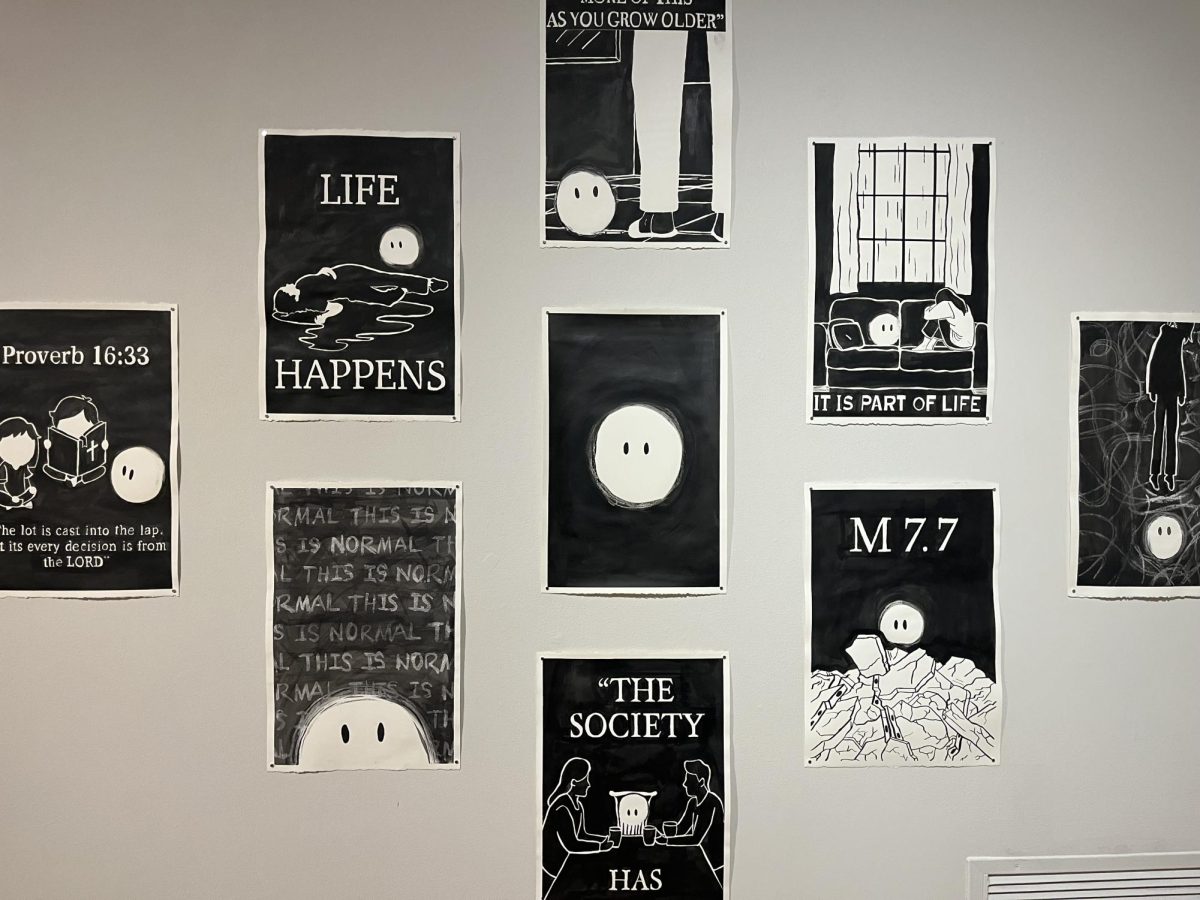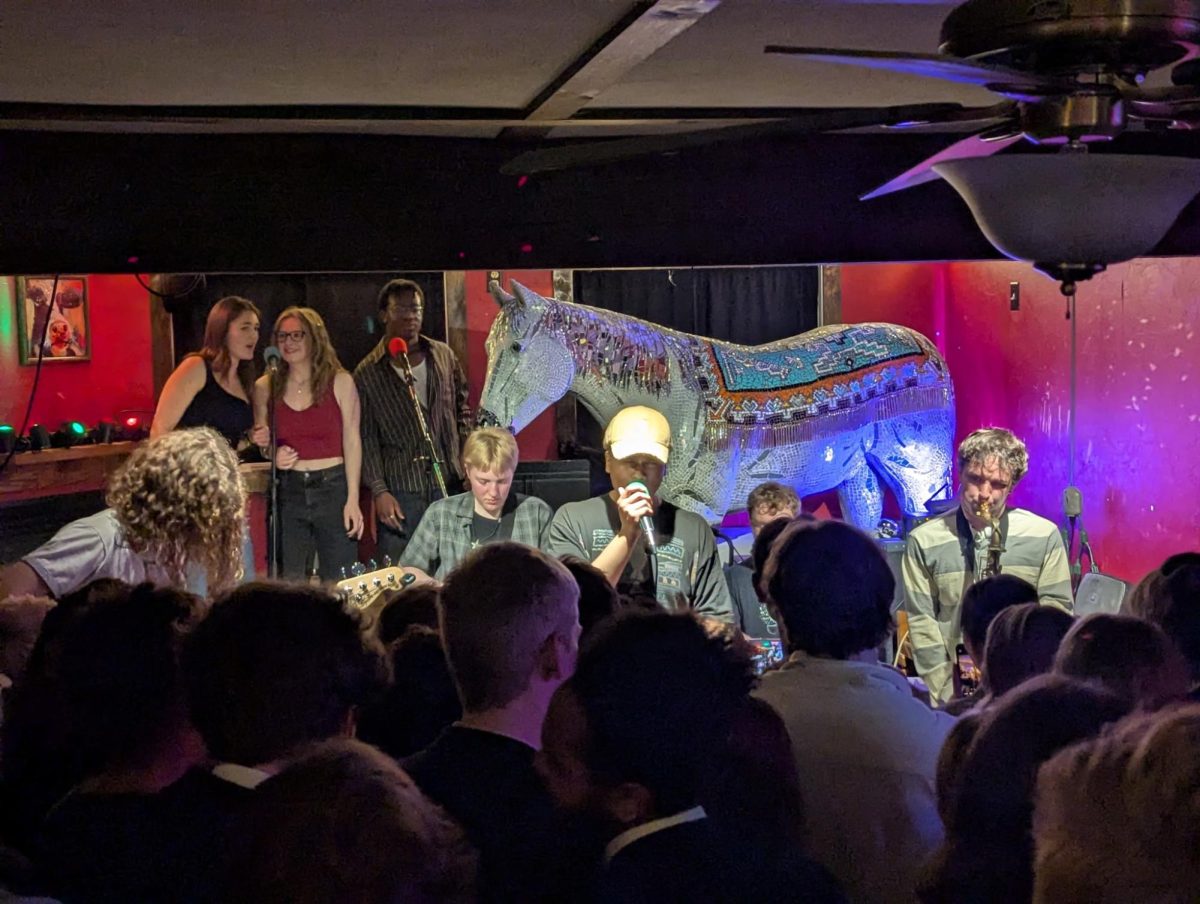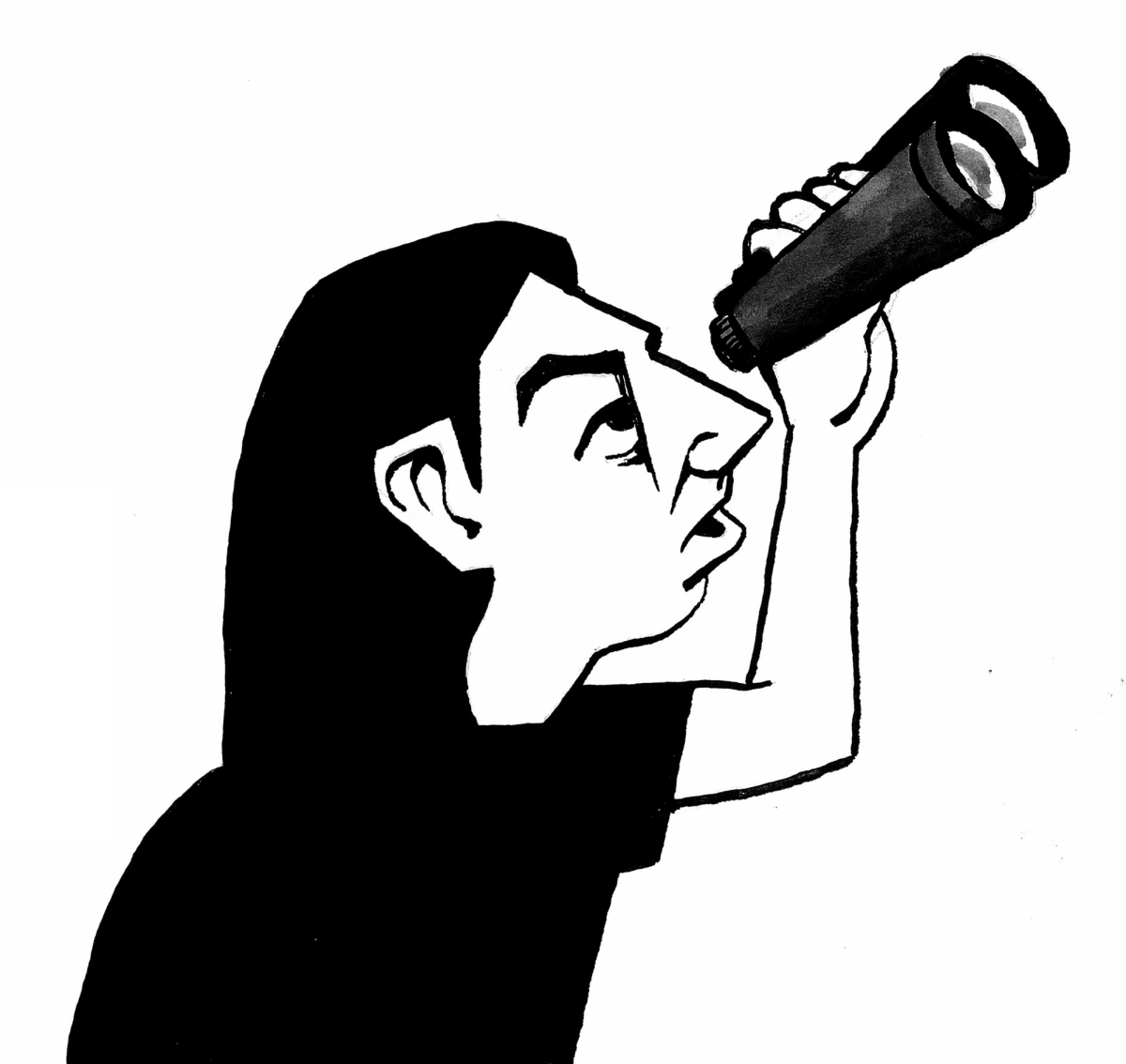I visited Ralph Ellison’s “Invisible Man” in the Messenger last fall, writing about the novel’s distinct portrayal of the invisible psyche thrust upon Black folks in America by systems of oppression that consistently and constantly deny their very character as individuals. This is the realization reached by the unnamed narrator of “Invisible Man,” who charted a life of relative esteem and held positions of influence. It is not a feeling the narrator rejects; rather, he accepts it, ultimately reaching a sort of twisted, convoluted inner peace.
Bigger Thomas, the protagonist of “Native Son,” reaches a different understanding of himself at the end of Wright’s novel.
“‘What I killed for must’ve been good!’ Bigger’s voice was full of frenzied anguish. ‘It must have been good! When a man kills, it’s for something … I didn’t know I was really alive in this world until I felt things hard enough to kill for ’em … It’s the truth, Mr. Max. I can say it now, ’cause I’m going to die. I know what I’m saying real good and I know how it sounds. But I’m all right.’”
This is the final full statement Bigger presents, speaking to the lawyer, Mr. Max, who has defended him during the court case which occupies the final third of the plot. By accepting his true motivation for killing Mary Dalton, Bigger confirms his self identity. Where the narrator of “Invisible Man” denies his self to achieve a sense of existence, Bigger Thomas confirms his self to achieve a similar yet distinct sense of peace in the face of impending execution.
“Invisible Man” and “Native Son” display two sides of Black identity in the first half of the 20th century. Ellison and Wright, through the portrayals of their main characters, depict two possible responses to a life faced with a dauntless crucible of challenges and oppression, both direct and indirect.
Bigger, coming from a poor class of men pushed into ghettos by Chicago’s racist redlining policies, gains his freedom through acts of intense violence. He employs violence because it is something he has control over; it is one of the few means he realizes causes effects in the world.
“But I ain’t worried none about them women I killed. For a little while I was free. I was doing something. It was wrong, but I was feeling all right,” Bigger says to Mr. Max while in his jail cell toward the end of the book. “Maybe God’ll get me for it. If He do, all right. But I ain’t worried. I killed ’em ’cause I was scared and mad. But I been scared and amd all my life and after I killed that first woman, I wasn’t scared no more for a little while.”
The narrator of “Invisible Man” charts a different course. Coming from a higher class, the narrator achieved an education before moving to New York City to pursue a life of informed community leadership. The narrator consistently attempts to use his intelligence and willpower to make a place for himself and for his people in the world, clinging onto a notion of faith in Black prosperity.
But, in the face of this blind faith, the narrator constantly finds himself objectified and made invisible by the domineering forces of power and oppression surrounding him. Instead of acting as an intentional agent of violence, as Bigger does, he is buffeted around the city by waves of violence he unintentionally sets off when trying to act on his faith and defend his people against racist policing. He only escapes catastrophe by accepting his invisibility and becoming nothing, a hidden figure in a cellar siphoning off electricity from the apartment above him.
While Bigger Thomas dies physically, the narrator of “Invisible Man” dies spiritually, left a husk of a man who inhabits the world merely as a resigned spectator. Resignation is the only way left for the narrator to accept his identity, whereas resignation was the starting position from which Bigger acted in fits of violence and rage to confirm his own identity.
Ultimately, both characters act out of a deeply-rooted sense of fear. The unnamed narrator’s sense of fear stems from him letting his family and his community down by not using the gifts that placed him in a perceived position of influence relative to the majority of his people. Bigger’s sense of fear stems from his perceived position of powerlessness juxtaposed with the white people he saw on the street, flying in the air or on the movie screen.
While I don’t mean to display the lives of Black people in early 20th century America as a dichotomy between invisibility and violence, or between an intelligent class and an uneducated class, I believe the dichotomy that exists between the main characters’ actions in “Invisible Man” and “Native Son” can teach the reader valuable lessons regarding the mistreatment of Black people in this country. Similar to how Ellison created his narrator with the mission of revealing the “human universals hidden within the plight of one who was both black and American,” Wright created Bigger to depict the naturalistic underside of the same plight.
He writes in his added section, “How ‘Bigger’ Was Born”, “The more I thought of it the more I became convinced that if I did not write of Bigger as I saw and felt him, if I did not try to make him a living personality and at the same time a symbol of all the larger things I felt and saw in him, I’d be reacting as Bigger himself reacted: that is, I’d be acting out of fear if I let what I thought whites would say constrict and paralyze me.”



